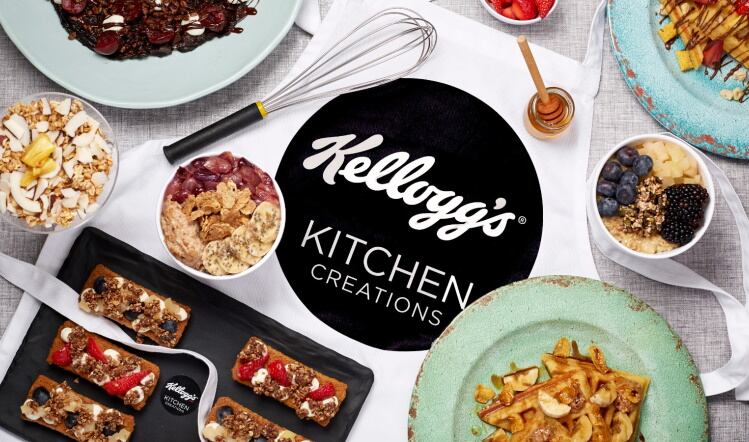Speaking at IGD Live this week, dairy giant Arla and soft drinks start-up Ugly Drinks explained the benefits and challenges of launching a DTC proposition.
Commenting on Arla’s decision to launch into the DTC space, announced in 2018, head of digital and e-commerce Steve Millar said: “The channel is accelerating. I frequently talk about the rise of Gen Z and digital natives and there’s significant reason to believe we’re at a tipping point of greater exponential growth.
“We’re also finding we have more data at our fingertips than we really know what to do with. Here, we’ve got an opportunity to understand more about what drives the customer from a content perspective and what products they really engage with.”
Looking at the hard facts of the DTC model, producers that adopt the approach are free to set their own prices and, in turn, achieve their own profits without having to worry about the retailer taking their cut.
“There are lots of things you can nip and tuck to really drive that number and maximise margins,” Millar added.
Cutting out the middleman
Not having to worry about using a retailer as a middle man also opens up a producer to selling their products internationally. According to Millar, depending on the product, there is nothing stopping a manufacturer from shipping overseas.
Choosing to go DTC also opens up many more opportunities for smaller brands to make it big in markets such as the US – a practice that has greatly benefited soft drinks start-up Ugly Drinks.
As co-founder and chief executive Joe Benn explained: “The US is a big old place and, for a brand of our size, to launch nationwide in retailers just wasn’t an option. Launching with the direct-to-consumer platform has enabled us to do that from day one and fulfil to every state in America.”
Another advantage of selling DTC is the ability to test new product developments with consumers without the need for a much wider rollout among retailers. This, in turn, creates a greater level of interaction with consumers, which can be fed back to retailers to help inform their purchases from the producer.
“I think it’s obvious that, when you’re communicating directly with consumers, you can have a direct relationship,” Benn continued. “It also gives us a huge amount of data as to where people are and where they are enjoying our products and our brands.
“It helps us see where we focus our retail efforts and figure out a strategy for [a larger launch] in the future.”
Online flowing into retail
Through this approach, Ugly Drinks has been able to grow both its online and in-store presence at the same time, with each market flowing into the other.
“We’re not an online business, we’re not offline, ideally we’re a combination of both – they complement each other. The idea is that they grow at the same time,” said Benn.
Despite the many benefits of implementing a DTC strategy into an existing food and drink business, there were some major considerations that needed to be taken into account.
Producers needed to understand that brand and product positioning were different from those in retail, warned Arla’s Steve Millar. Being a primarily online market, considerations needed to be made into the technology employed to sell your product.
“Be prepared to investigate new models and new methods. Talk to the likes of Amazon and DPD – see if you can partner with those organisations,” said Millar. “Adapt to the challenges that you might face – be that from a performance perspective [or] a tech perspective – be prepared to change direction really quickly and be comfortable in doing so.
“The most important thing is that user experience is absolutely key. You could do the best job in the world in driving down cost per acquisition, but if your website is not good enough, you’ll lose that customer.”





